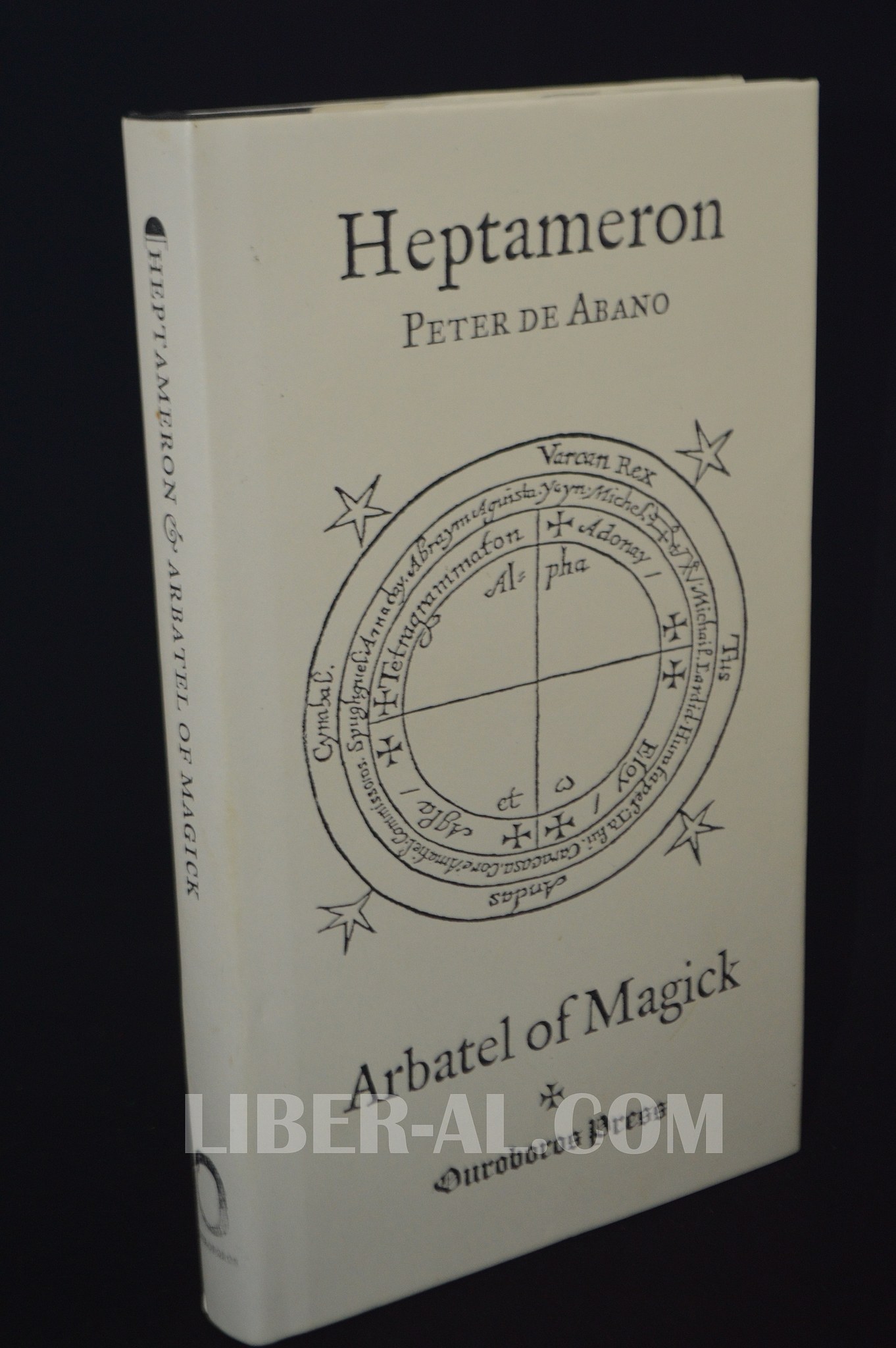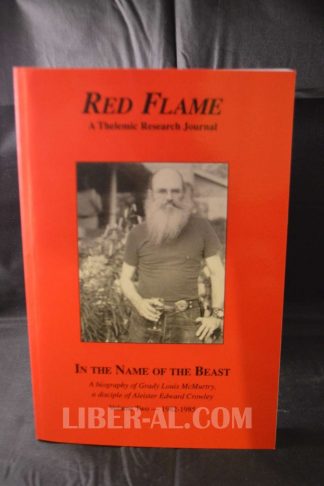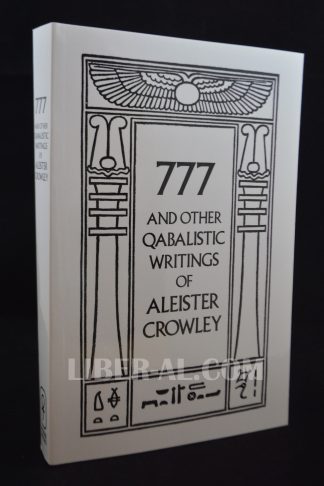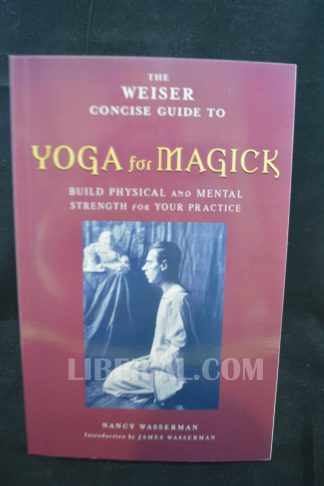Description
Peter De Abano; Robert Turner (Translater)
Ouroboros Press, 2004. Hardcover with dust-jacket. Translated by Robert Turner. Two volumes bound as one. Limited Trade Edition: Small octavo. Black cloth with gilt title and woodcut decorative initials and completely re-set in Renaissance Fell Types designed by Johnathan Hoefler. As New/Fine.
This grimoire is devoted to the angels of the seven days with diagrams of circles, magical sigils and conjurations of the ceremonial art. Magical images of the planets engraved by Bernhard Maler [1482] and tables showing correct planetary hours are included. The Arbatel offers seven sepentaries of aphorisms of a kind of Theophrastic Magic. The initial groups of these aphorisms serve to introduce the Ritual of the Olympic Spirits, dwelling in the firmament and in the stars of the firmament, between whom the government of the world is distributed.
Arbatel De Magia veterum originally published in Switzerland in 1575 is a Latin grimoire of renaissance ceremonial magic. The Arbatel is noted for being straightforward in its writing, positive in its contents, and unusually honest regarding its origins. While a number of occult works claim to be from earlier periods and other regions than where they were actually published, textual evidence demonstrates that the book must have been written between 1536 and 1583, which encompasses the claimed date of 1575. The final editing of the book was likely carried out by Theodor Zwinger, and was almost definitely published by Pietro Perna, leaving little doubt to the book’s claimed Swiss origin. The author remains unknown. The Arbatel was one of the most influential works of its kind from its period, inspiring figures such as Johann Arndt, Gerhard Dorn, Adam Haslmayr, Robert Fludd, Heinrich Khunrath, and Valentin Weigel, in addition to its editor and publisher, Zwinger and Perna.[2] It was possibly the first work to use “Theosophy” in an occult sense (as opposed to a synonym for theology),[5] and for distinguishing between human (“anthroposophia”) and divine knowledge (“theosophia”).[6] Indeed, Jakob Böhme may have chosen the word “Theosophy” to describe his ideas due to its use in the Arbatel. It was where Thomas Vaughan found the term anthroposophy, later adopted by Rudolf Steiner to describe his belief system.[2] Not all reception was positive, however. The book was condemned by Johann Weyer in his De praestigiis daemonum[2] as being “full of magical impiety,”[7] and by Reformed Church censor Simon Sulzer. In 1617, the University of Marburg took action against two professors who intended to use the grimoire as a textbook, and expelled a student obsessed with it.[4] In 1623, an accused witch named Jean Michel Menuisier revealed that, despite not owning a copy of the Arbatel, used a few invocations from it.[8] John Dee wrote about studying the Arbatel (among many other occult works of the period). This influence lead Nicholas Clulee to posit that Dee did not see his angelic experiments as magical, but in fact religious, as both Dee’s ceremonies and the magical system of the Arbatel begin with prayers to God that cautiously lead into requests to see heavenly angels.[9] Dee also recorded calling upon at least the Arbatel’s solar Olympian spirit Och.[10] Swedish mystic Johannes Bureus credited the work for his interest in Kabbalah.[6] Elements of the Arbatel appear in a number of versions of the Sixth and Seventh Books of Moses.[11] Ebenezer Sibly and Frederick Hockley incorporated a number of elements from Robert Turner’s translation of the Arbatel into their own magical works, including The Clavic or Key to the Magic of Solomon and The Complete Book of Magic Science,[12] [13] the latter of which was one of many later sources for the Grimoire of Turiel.[13] A copy of the work was listed in the catalogue for the San Francisco Mercantile Library in 1854. Although access to it would have been restricted, its presence indicates that it played a role in American folk beliefs. In 1898, Arthur Edward Waite undertook the first historical study of grimoires as a genre, detailing the Arbatel as one of many important works. A copy of a German translation appeared in the Berlin publishing company Herman Barsdorf Verlag’s Magische Werke in 1921. Occultist Stephen Skinner claims that the isopsephy of the names of the Olympian Spirits, as well as the names ending in “AL” instead of “el,” were responsible for inspiring Aleister Crowley’s Liber AL vel Legis, although Skinner admits that the influence may not have been conscious.







